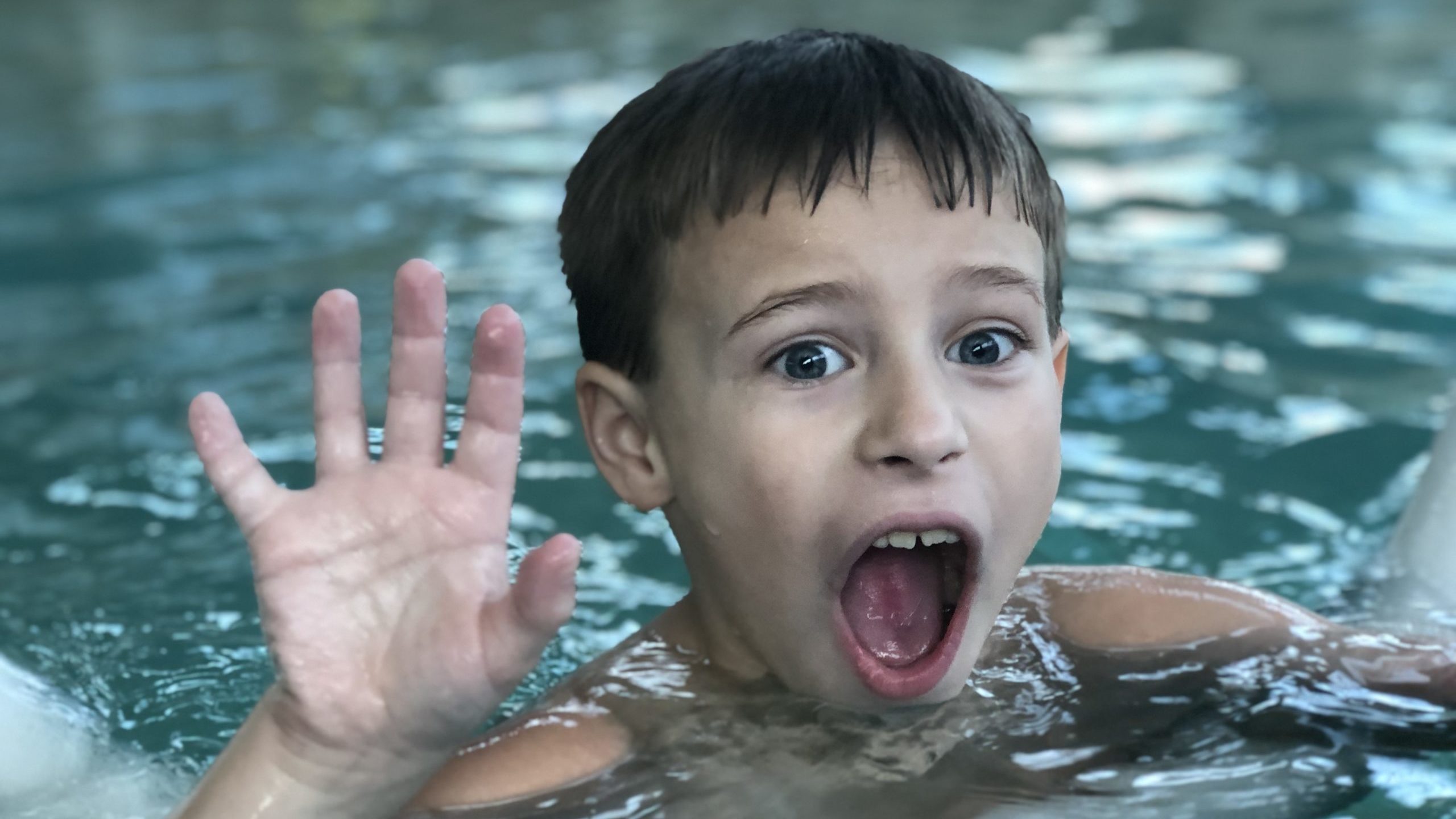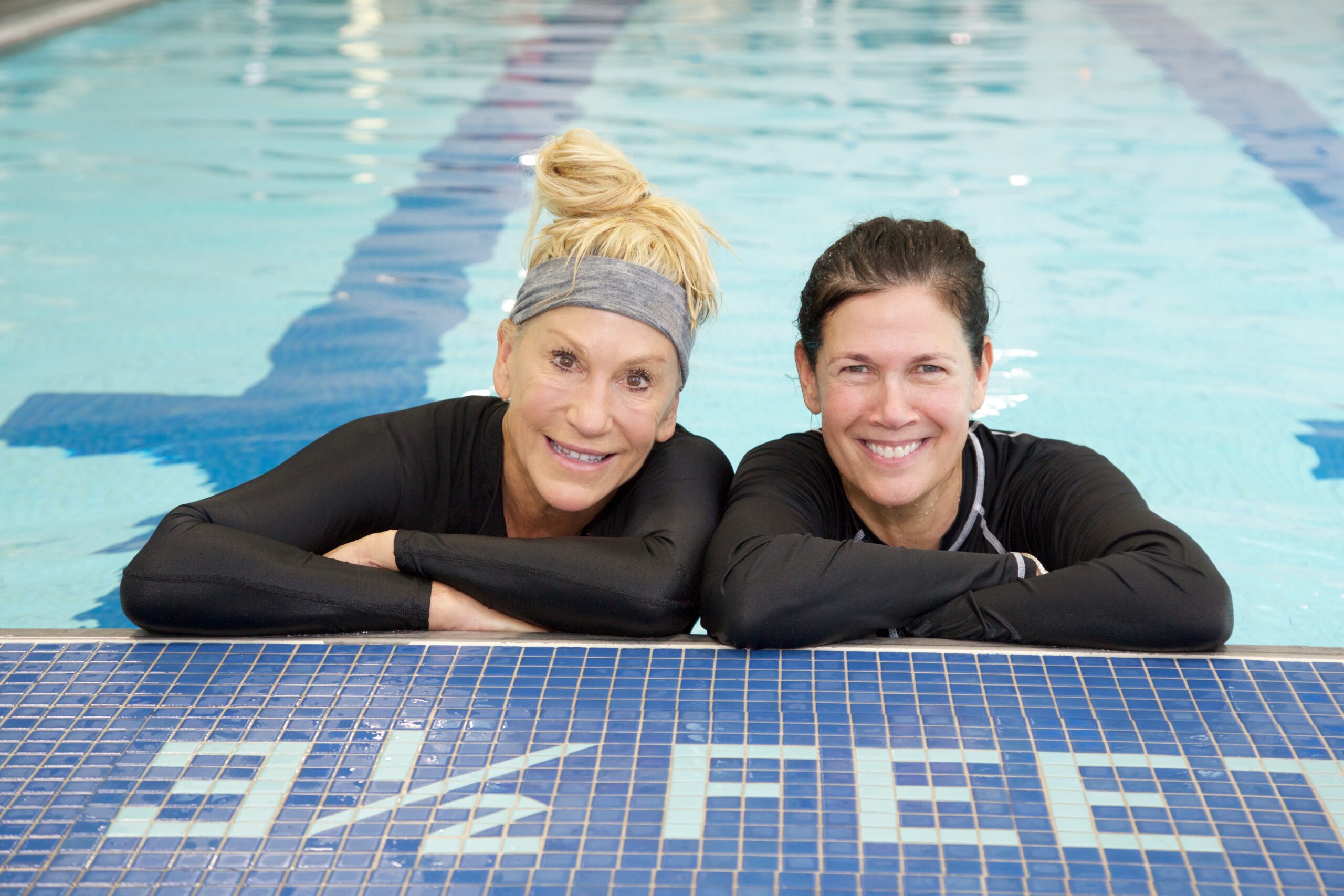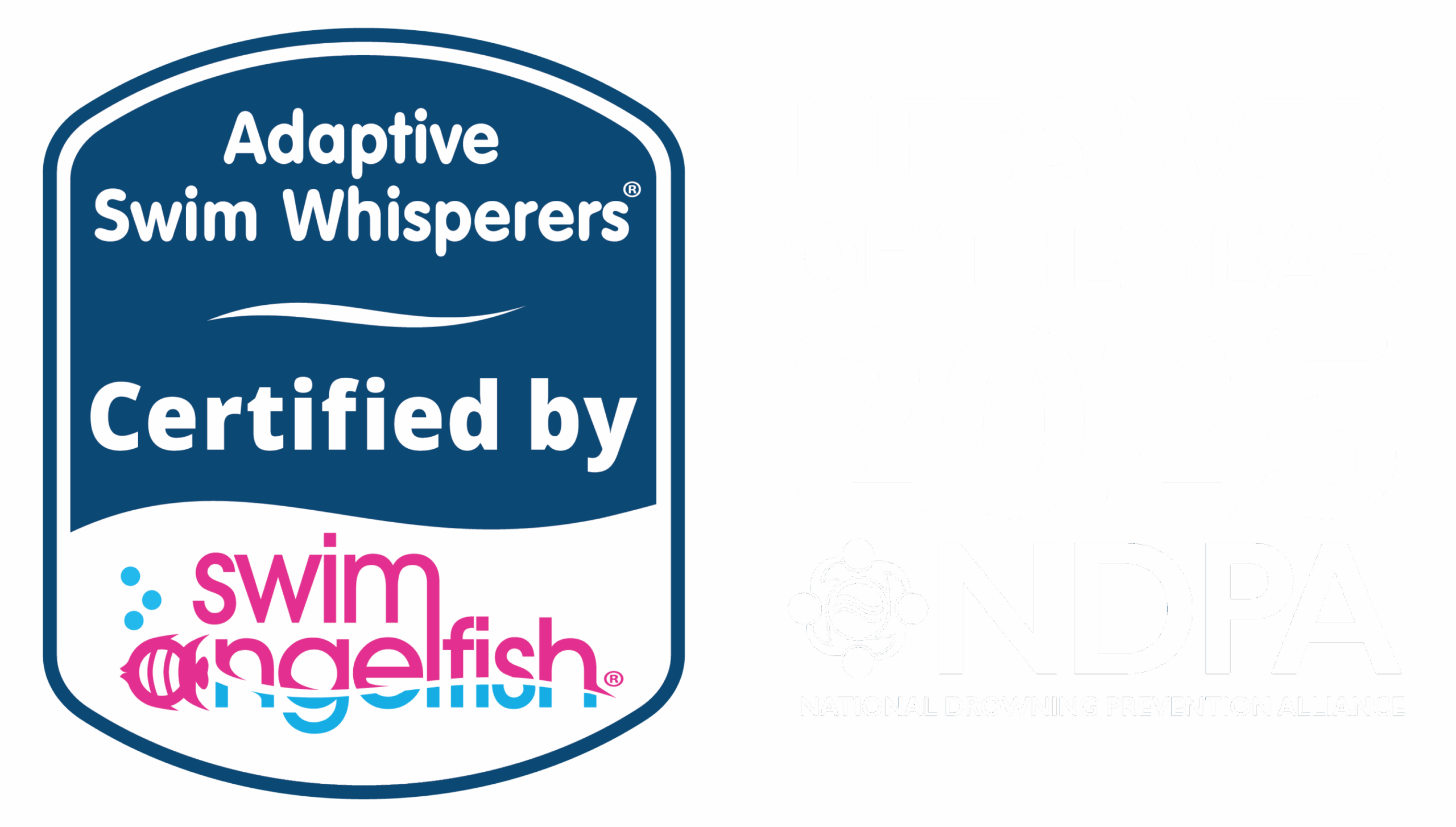
Is it possible to learn to swim after a traumatic water experience? Merely driving by a body of water may make you feel uneasy; entering the water again can be challenging, scary, even feel impossible. Stories from parents aligned with Families United to Prevent Drowning or NDPA are tragic, unexpected accidents and successful saves that have left the swimmer unable to overcome the trauma and get back into the water.
Some situations where a non-fatal drowning or traumatic water experience might happen:
- A child with Autism wanders from his home.
- A swimmer forgets to put on their float vest and jumps back into the lake, pool or some body of water.
- The unexpected flipper falls off and the child can not propel without the flipper.
- An anxious swimmer panics with an over emotional response in a busy pool, taking in water sinking to the bottom before someone helps them to the surface.
The list of traumatic experiences is alarming and heartbreaking. Often resulting in PTSD and anxiety that requires specific strategies and techniques for overcoming the traumatic water experience.
If you are a parent whose child has had such an experience, perhaps you are searching for a way for them to overcome their fear, anxiety, and discomfort. An instructor who has been specially trained to help young swimmers break through these obstacles will know how to work with your child, creating a safe, confident water experience for them.
After a traumatic water experience, some children do not want to get out of the car, walk into a pool deck area, or even take a few steps toward a pool or ocean. This can play havoc with family recreation. One parent always having to stay out of the water with the anxious swimmer. It may even cause difficulty when that child faces the daily routine of a shower or bath!
Getting Back in the Water after Trauma
Aquatic therapy and swim lessons offer a unique and effective way to accommodate and alleviate anxiety in individuals who have experienced trauma.
When a child experiences a scary event in the water, it can lead to a fear that hinders their ability to develop crucial swim skills, which are vital for their safety around water.
The Swim Whisperers® methodology is proven to work with students who are anxious, fearful of water and those who have experienced a traumatic water incident. By identifying and addressing these swimmers’ underlying challenges, we can help them get back in the water again.
Here are 5 Swim Whisperer® tips to getting back in the water:
Overcoming a traumatic experience in a pool, lake, or ocean is possible! Try using these strategies and techniques. You might use one, two, or even all five ideas that will address the underlying problem.
Twenty-one years of experience as an Occupational Therapist and Recreational Therapist has taught me so much about overcoming swim challenges. Our passion is teaching and training others in these special needs adaptive swim methods. Helping swim instructors address the underlying problem is the key to our success.
Overcoming Water Trauma in Real Life
A few years ago, I had a client, Connor, who had a traumatic experience and was held underwater by a floating mat. Another swimmer pulled him up, and he would never go in, near or around water, without hearing the clicks of his lifejacket.
His mother brought him to me when he was eight years old, and the rigid routine was interfering with peer-related pool time. Typical swim lessons of private and group had only made his anxiety worse.
For his first adapted swim lesson, we used the Long Level Shirt strategy, we discussed the experience and used the Visual Schedule. We could not get his lifejacket off, so we did activities of walking, floating, and propelling with the discussion that we will take it off at our next lesson.
I had to get creative. What if I cut the floats out and allowed him to keep the routine of clipping his jacket? I cut all the floats out of the lifejacket and allowed him to clip the jacket without the floats. It turns out the underlying problem was the rigid routine about hearing the clips and less about the floats that were in the lifejacket.
By the end of the second lesson, he was swimming independently with his lifejacket that had NO floatation in it. When the second lesson was over, his Mom and I showed him the videotape. We explained to him the floats were all missing from the lifejacket. He was so surprised and watched the video over and over.
On the third visit, he got in the pool without the jacket, and then we kept singing the water holds me up. That was a surprise to all of us, and he overcame his obstacles in these three visits by addressing the underlying problem with some creativity and education from the Swim Whisperers methodology.



